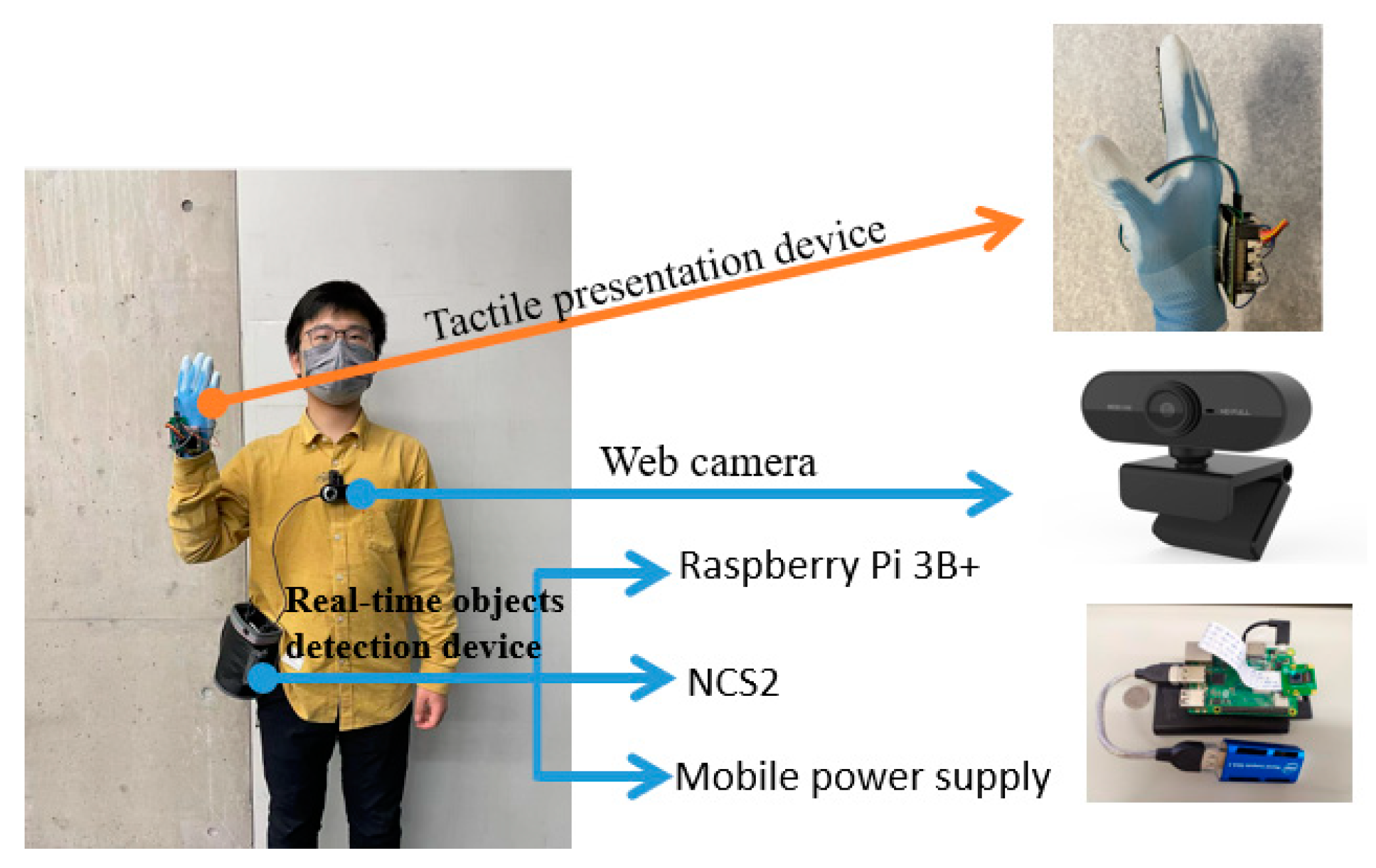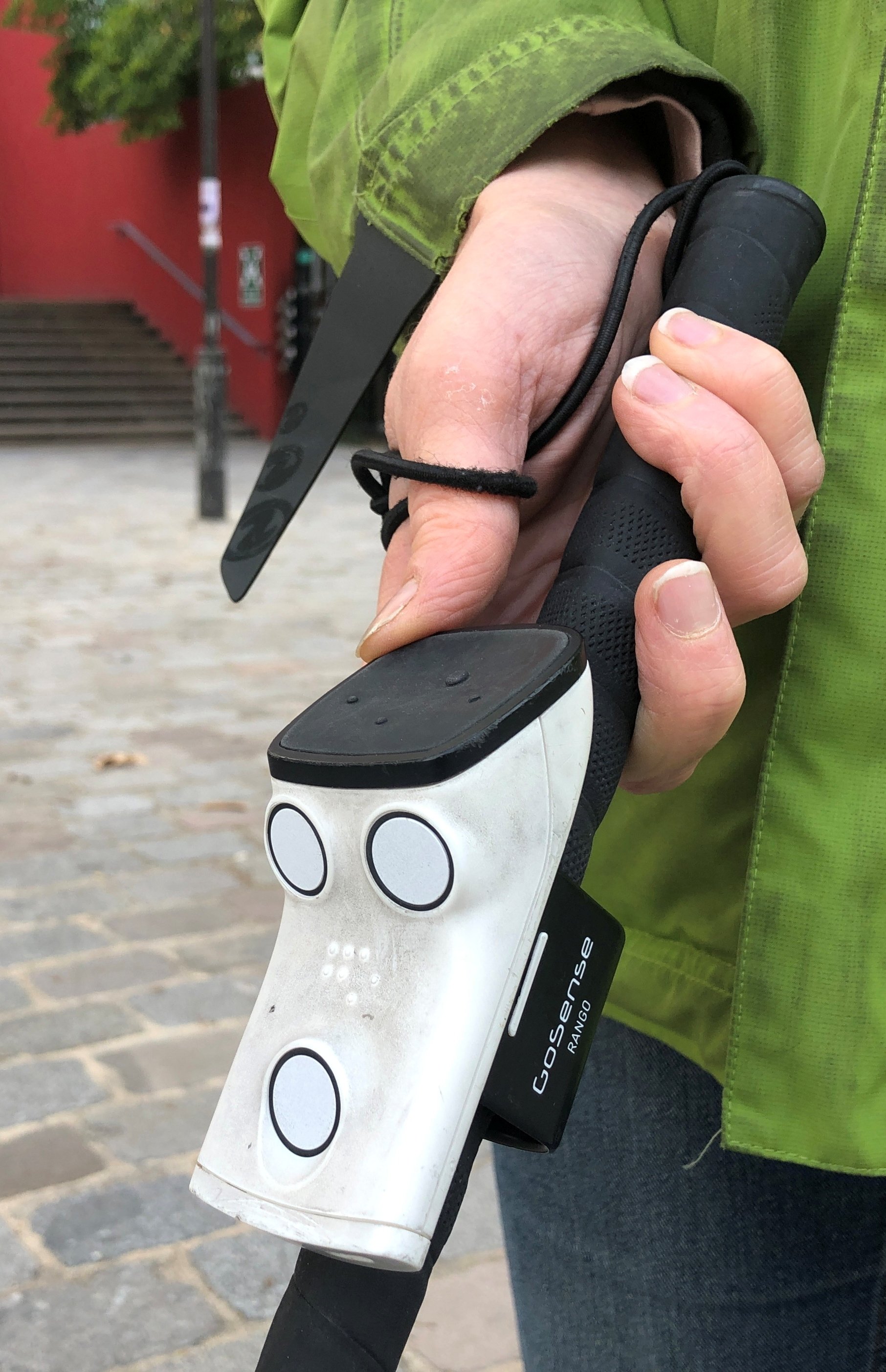OCR Devices for the Blind: Turning Print to Speech in Real-Time
OCR Devices for the Blind: Turning Print to Speech in Real-Time
Blog Article
Discover Ingenious Tools Designed for the Aesthetically Damaged
The development of cutting-edge tools for the aesthetically impaired stands for a considerable improvement in ease of access and self-reliance. Technologies such as smart glasses with AI capacities and mobile applications designed to provide acoustic summaries are reshaping everyday experiences for customers.
Smart Glasses for Navigation

Smart glasses designed for navigating are reinventing the method visually impaired individuals connect with their environment. These advanced gadgets utilize a combination of cam modern technology, expert system, and acoustic comments to supply real-time details concerning environments. By employing barrier detection systems, clever glasses can notify customers to prospective threats, enabling more secure mobility in both familiar and unfamiliar settings.
The combination of GPS technology even more improves navigating abilities, enabling customers to get acoustic directions as they relocate. This hands-free technique not just cultivates freedom however additionally encourages aesthetically damaged individuals to browse city landscapes with enhanced self-confidence. Additionally, lots of smart glasses are furnished with functions that recognize spots and road indications, supplying contextual details that improves the user experience.
Moreover, the growth of these tools is constantly advancing, with companies functioning to enhance the accuracy of object recognition and broaden the variety of navigational functions. As wise glasses become more easily accessible and budget friendly, they hold the possible to significantly transform day-to-day live for aesthetically impaired individuals. Ultimately, these ingenious tools stand for an important step towards inclusivity, offering boosted mobility and a better feeling of autonomy for individuals navigating the globe around them.

Mobile Application for Daily Living
Just how can mobile applications enhance the every day lives of aesthetically damaged individuals? Mobile apps are reinventing the method aesthetically damaged users navigate their settings, take care of everyday tasks, and accessibility details. These applications give essential support through numerous capabilities, fostering independence and improving quality of life.
Several ingenious mobile apps are developed particularly for day-to-day living. As an example, applications like Be My Eyes link visually damaged customers with sighted volunteers using video clip calls, permitting them to get real-time help with tasks such as reading labels or navigating unknown areas. Seeing AI, developed by Microsoft, uses fabricated knowledge to define environments, read message, and recognize things, efficiently changing a mobile phone right into a powerful tool for day-to-day assistance.
In addition, navigation applications customized for the visually damaged, such as Aira and BlindSquare, provide audio-based directions and environmental details, enabling individuals to traverse their surroundings safely and confidently. Beyond navigating and immediate help, mobile applications also sustain organization and job management, with attributes that help individuals establish tips, develop order of business, and track consultations. In recap, mobile applications function as crucial sources, empowering aesthetically damaged people to lead more independent and satisfying lives.
Wearable Technologies for Help
Empowerment via technology is progressively evident in the realm of wearable tools designed to assist visually impaired people. These ingenious devices integrate flawlessly into everyday life, boosting navigation and supplying essential responses to users. Clever glasses outfitted with electronic cameras can review and identify faces message aloud, allowing users to connect more confidently in professional and social settings.
One more significant innovation is the use of haptic feedback systems in wearable tools. These systems use resonances or other responsive signals to convey details concerning the individual's atmosphere, such as barriers or changes in surface, boosting wheelchair and security. Wearable innovations likewise consist of wristbands that connect to mobile phones, informing users to notices via subtle vibrations, hence improving connection without dependence on aesthetic signs.
As these innovations remain to evolve, they are not just enhancing self-reliance for aesthetically damaged individuals yet also fostering a greater feeling of addition in society. By connecting the void between challenges faced in day-to-day living and the possibility for autonomy, wearable technologies work as crucial tools in the quest for equal rights and empowerment for those with aesthetic impairments.
Sound Summary Tools
Sound description tools play a vital role in boosting access for aesthetically impaired people, offering them with the ability to involve with visual media. OCR devices for the blind. These tools offer narrated descriptions of key visual components in films, tv shows, and live efficiencies, guaranteeing that customers can completely understand Read Full Article the context and emotions shared through visuals
Sound description can be incorporated into different systems, including streaming solutions, movie theater screenings, and live cinema. Numerous preferred streaming read this services currently consist of audio summary as an ease of access attribute, enabling visitors to select it easily. In enhancement to mainstream media, specialized apps likewise exist, offering audio summaries for art exhibits, galleries, and various other cultural occasions.
The efficiency of audio summary pivots on the skill of the storytellers, who should communicate aesthetic information succinctly without interfering with the original sound. Technologies in this field are also leading the way for even more personalized experiences, where individuals can change the degree of information and pacing according to their preferences.
Braille Innovations and Instruments
Braille innovations and devices have actually substantially changed the method aesthetically impaired people connect with message and details. Modern developments have led to the growth of versatile tools that boost literacy and independence among customers.
Furthermore, mobile Braille notetakers combine conventional Braille input with modern performances, promoting note-taking, organizing, and document editing and enhancing on the move. Assistive technology for the blind. These small gadgets frequently feature text-to-speech abilities, bridging the space in between Braille and auditory details
Additionally, innovative Braille printers have emerged, allowing users to create Braille tags, files, and instructional materials effectively. This ease of access cultivates higher involvement in expert and academic settings, inevitably advertising inclusivity.
Furthermore, study right into wise Braille modern technologies remains to broaden. Instruments that include man-made knowledge are being discovered to offer real-time navigation support and contextual info, enhancing the customer experience in Recommended Reading varied settings. In general, these innovations mirror a dedication to encouraging aesthetically impaired people through modern technology, ensuring they can easily accessibility and engage with the globe around them.

Final Thought
The improvement of cutting-edge tools for the aesthetically impaired considerably improves freedom and top quality of life. These technologies not just foster better addition but additionally advertise freedom in everyday activities, ultimately contributing to a much more available and fair culture for aesthetically damaged individuals.
As clever glasses become much more economical and easily accessible, they hold the possible to significantly change daily life for aesthetically damaged individuals. Mobile apps are changing the method visually impaired individuals navigate their settings, take care of everyday tasks, and access information. Apps like Be My Eyes link visually impaired individuals with sighted volunteers by means of video clip phone calls, enabling them to get real-time aid with tasks such as checking out tags or browsing unfamiliar rooms.Furthermore, navigating applications customized for the visually damaged, such as Aira and BlindSquare, offer audio-based instructions and environmental details, allowing customers to traverse their surroundings securely and confidently.The innovation of cutting-edge tools for the visually impaired significantly boosts independence and top quality of life.
Report this page